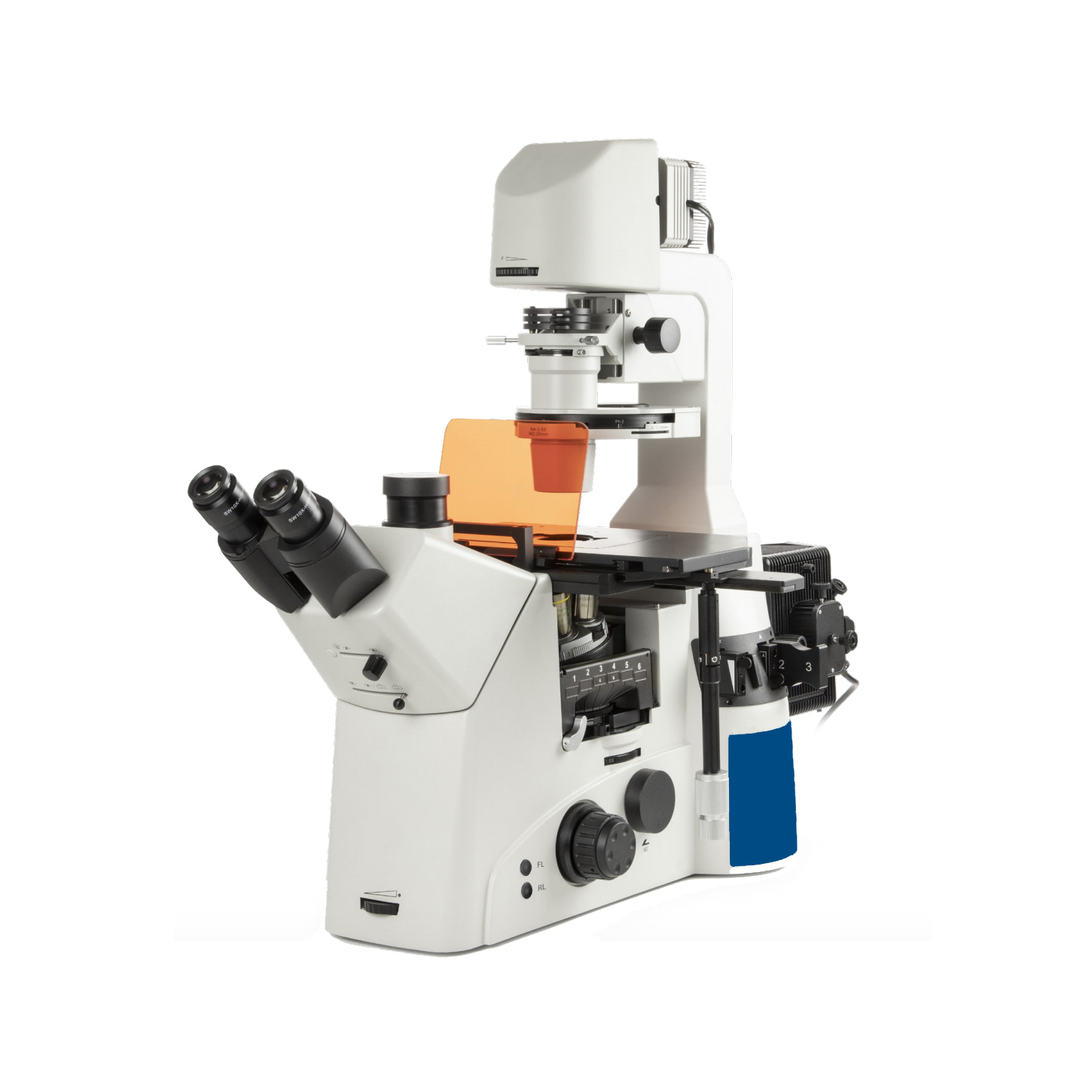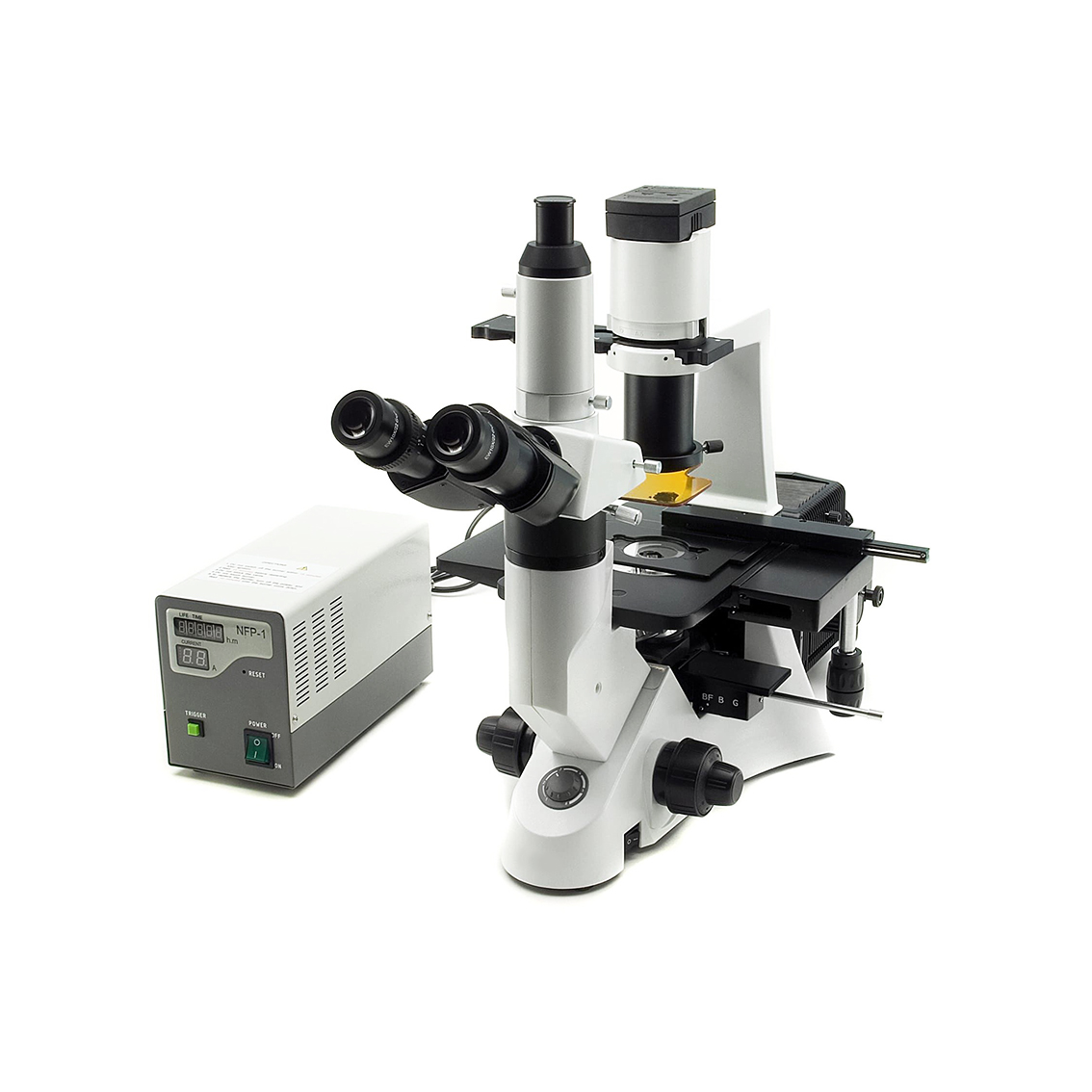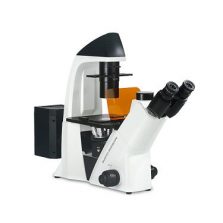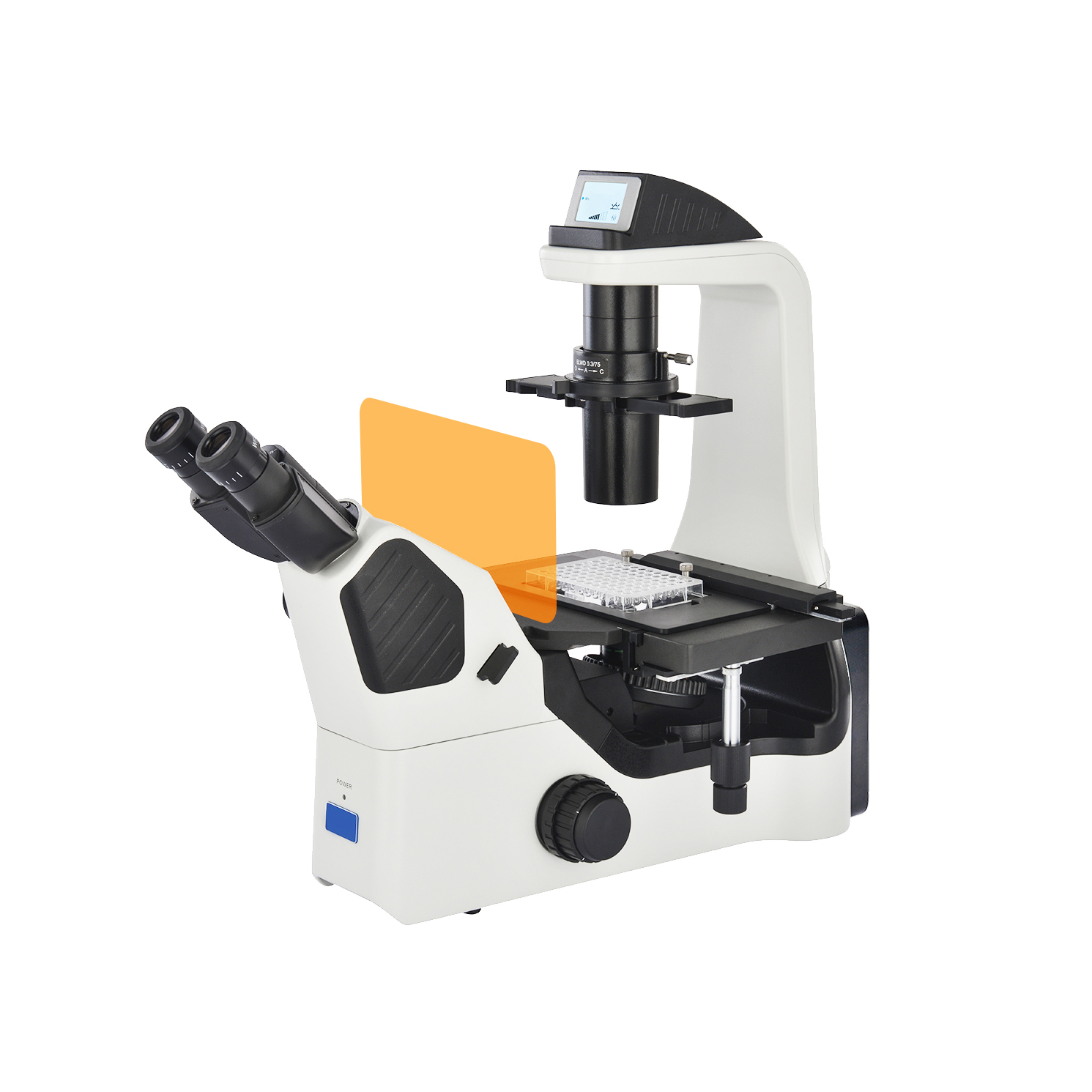Description
IB900 Series Scientific Research Inverted Biological Microscope
IB900 Series is a scientific research inverted microscope designed for advanced life science research to meet your various needs. It is an omnipotent microscope, which can observe bright field, phase contrast, polarized light, DIC, fluorescence and other observation modes. Even the confocal, super resolution, and so on needed for cutting-edge life science research can be achieved with this microscope. Fully consider the user’s operation habits, ergonomic design, greatly reduce the mechanical fatigue caused by long time observation work. IB950 adopts high-speed electric control, which simplifies and visualizes complex operation and makes it easier and simpler to operate.
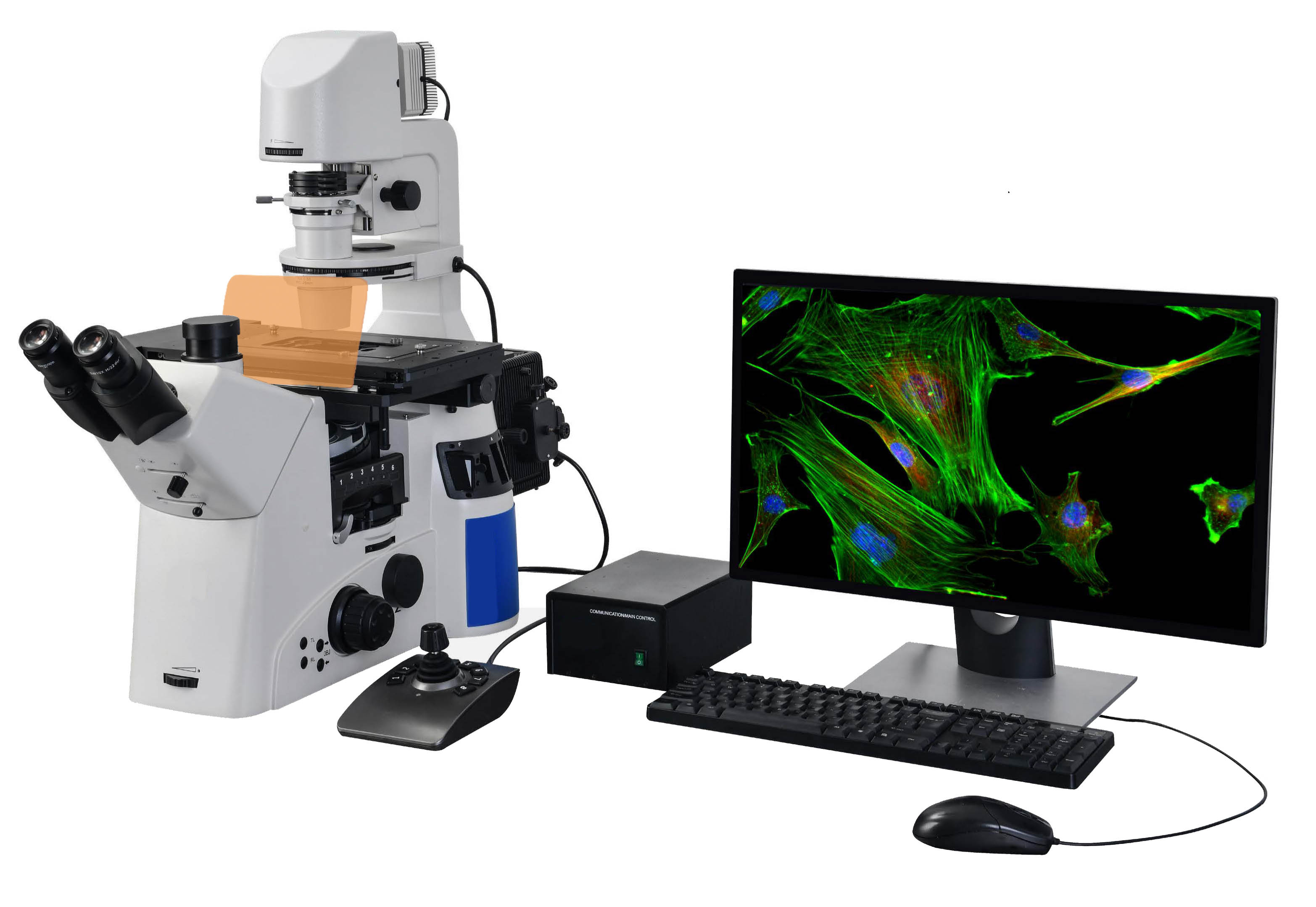
IB950 Fully Motorized Inverted Fluorescence Microscope (Multiple Electric Parts for Fast Automatic Operation)
Bright Field Applications
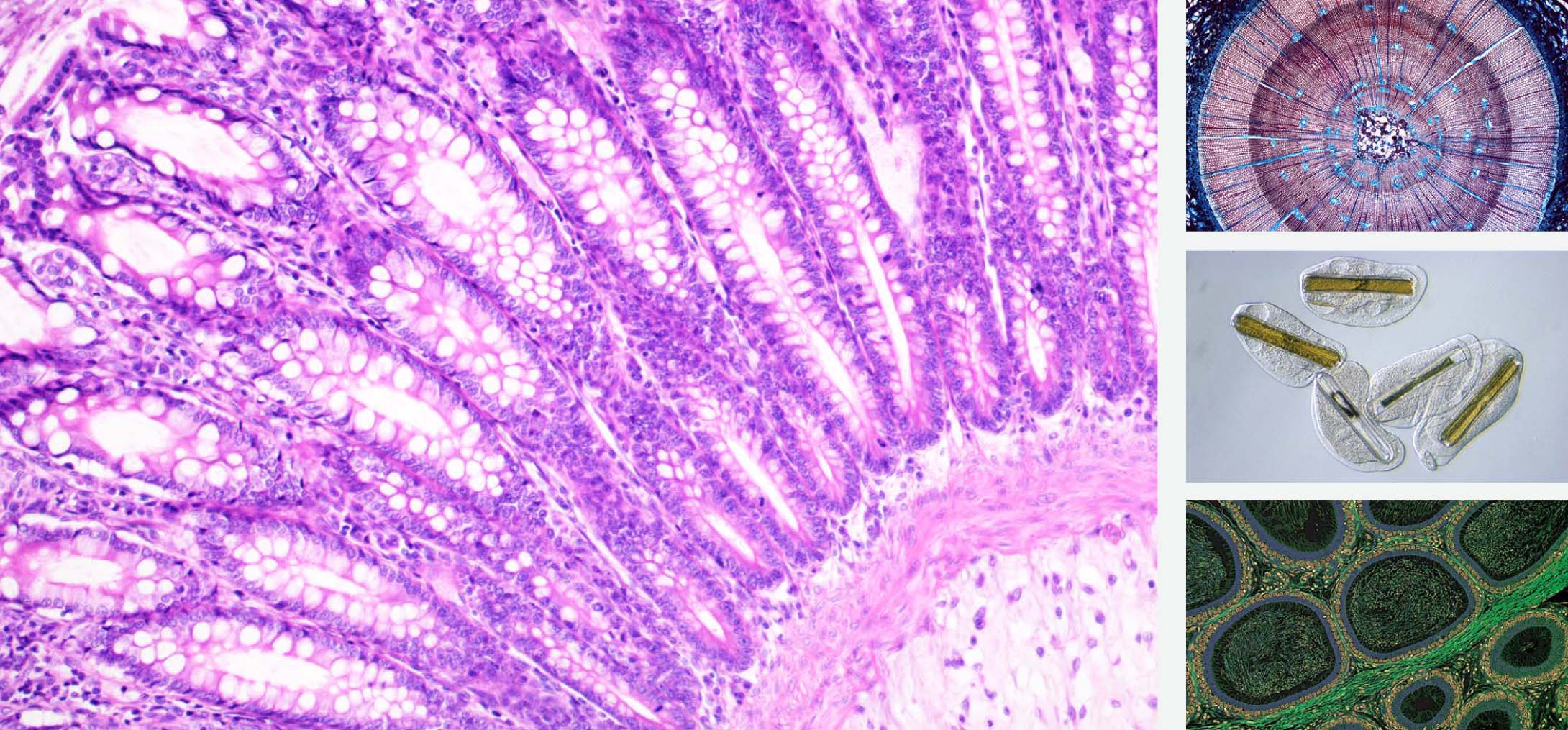
Modular design provides a variety of flexible imaging methods
1. Bright-field
Unique NIS infinite optical system, combined with the semi-apochromatic fluorescent objectives, effectively eliminates imaging problems such as curvature of field, chromatic aberration, spherical aberration, coma and other imaging problems.The image is brighter and all magnifications are available in higher super resolution and flatness. Modular design provides a variety of flexible imaging methods
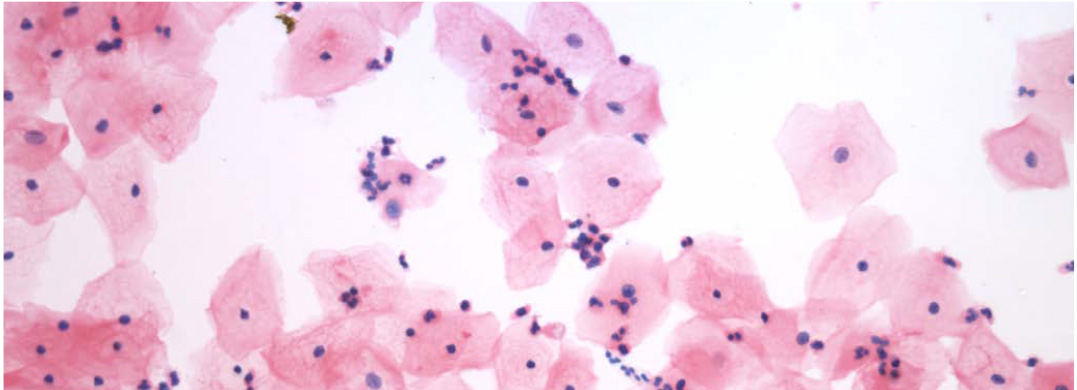
2. Phase Contrast Observation
Phase contrast is an optical contrast technique that uses a phase contrast objective and a concentrating ring. High-efficiency halogen lamps provide a bright light source for the system and clear images even at high magnifications.
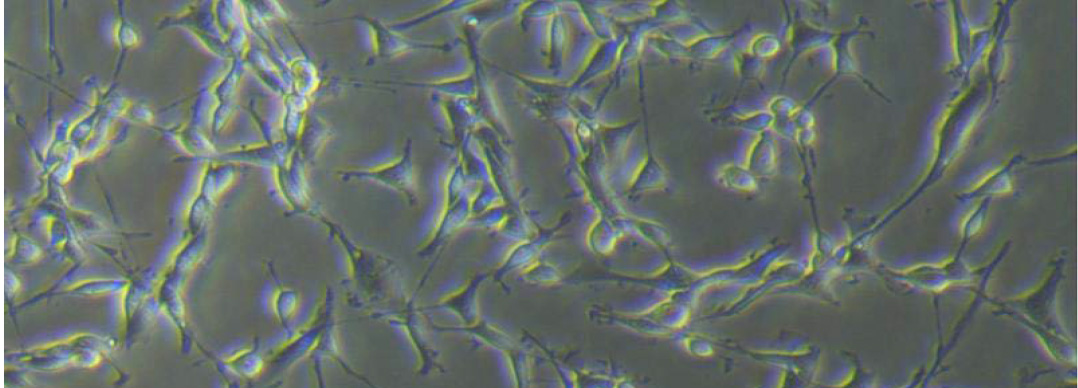
3. DIC Observation
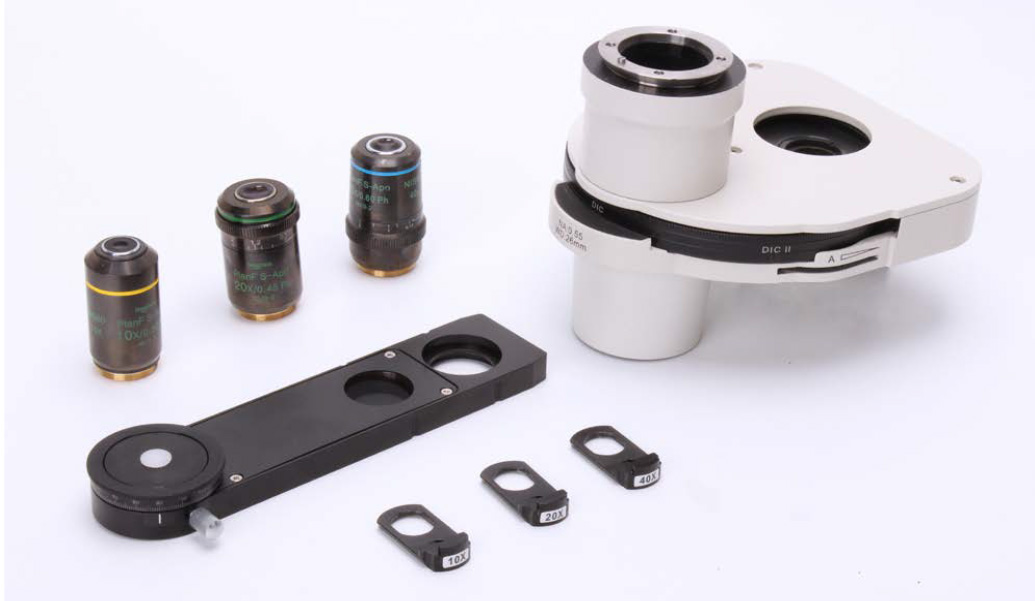
DIC is a cost-effective optical technology that does not require expensive optics. The embossing contrast uses only the bright field objective and two phase contrast adjustment sliders; For thicker samples, such as induced pluripotent stem cells, DIC provides a pseudo three-dimensional glare-free image. Halo is usually seen with traditional phase contrast observations. In addition, DIC can use glass culture dishes, which is a highly applicable observation technique.


